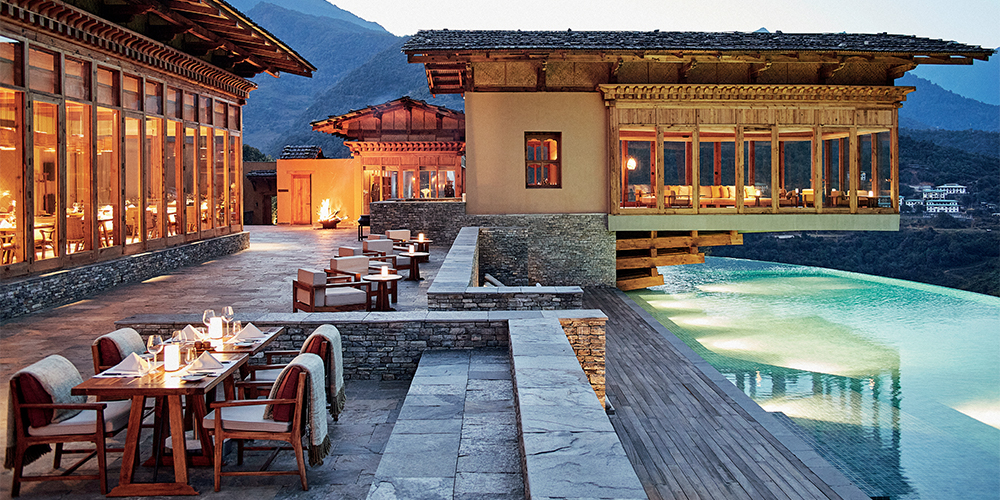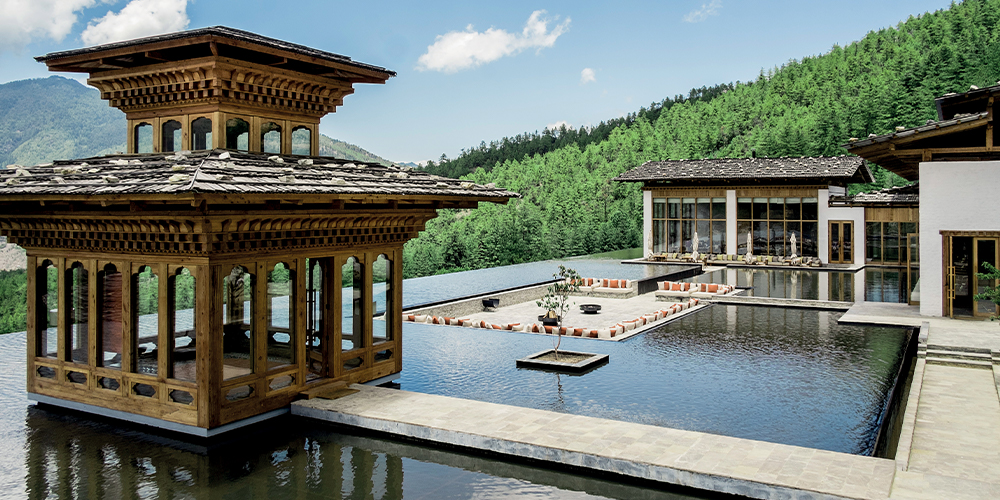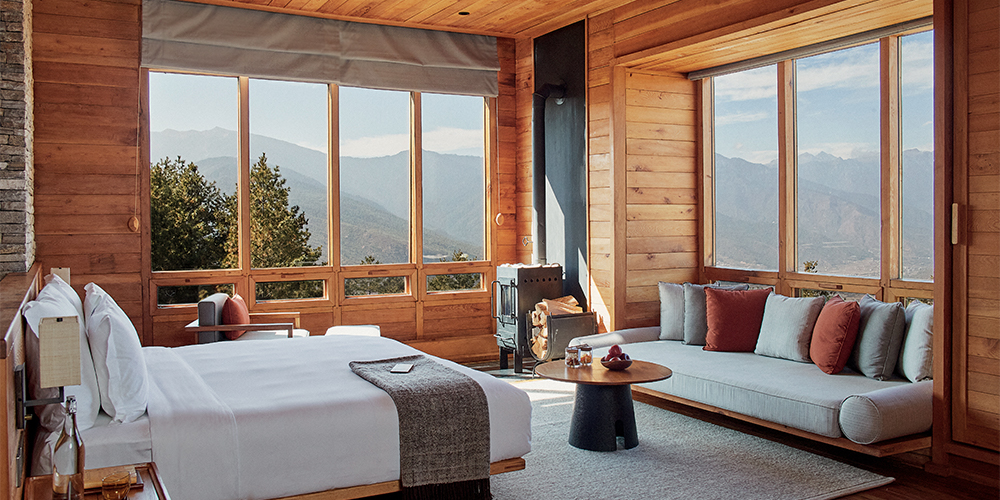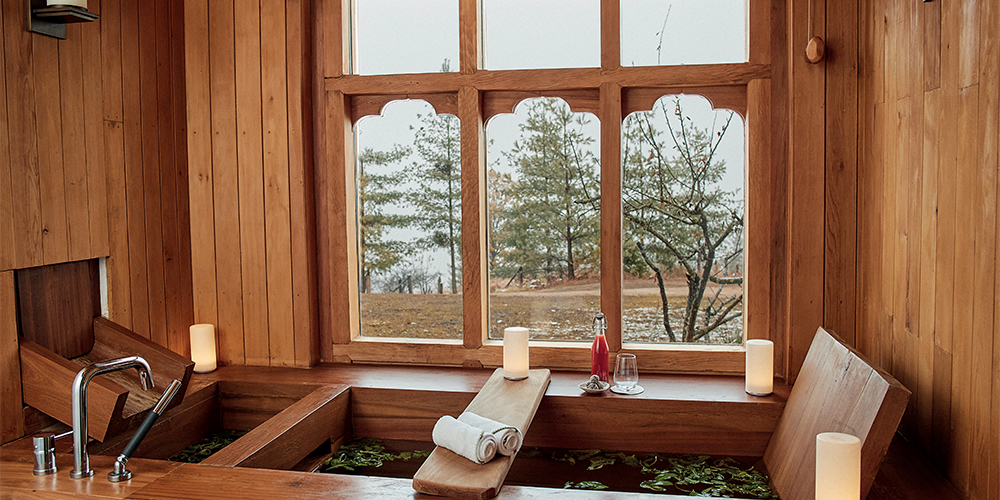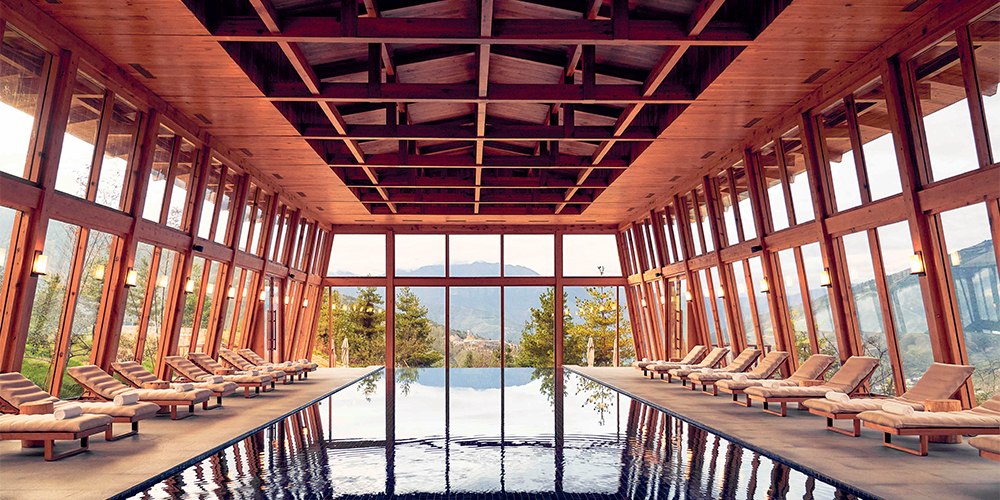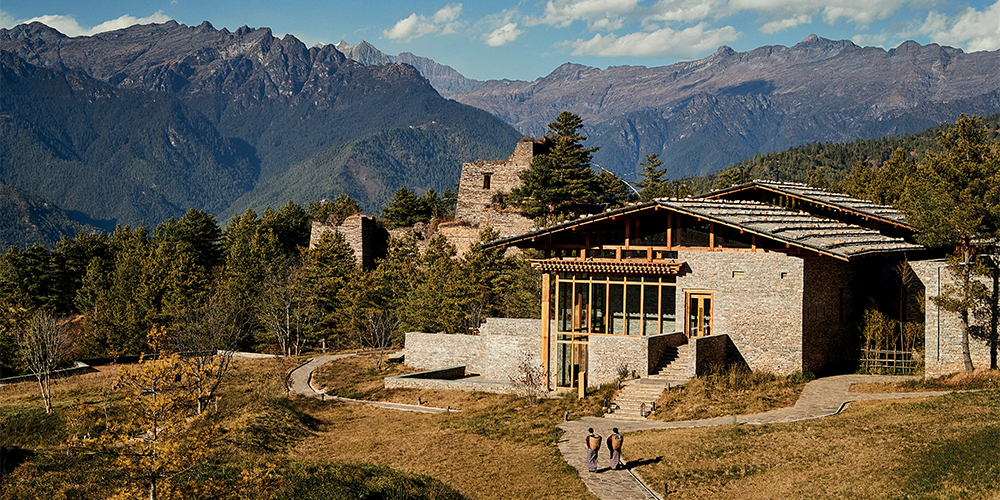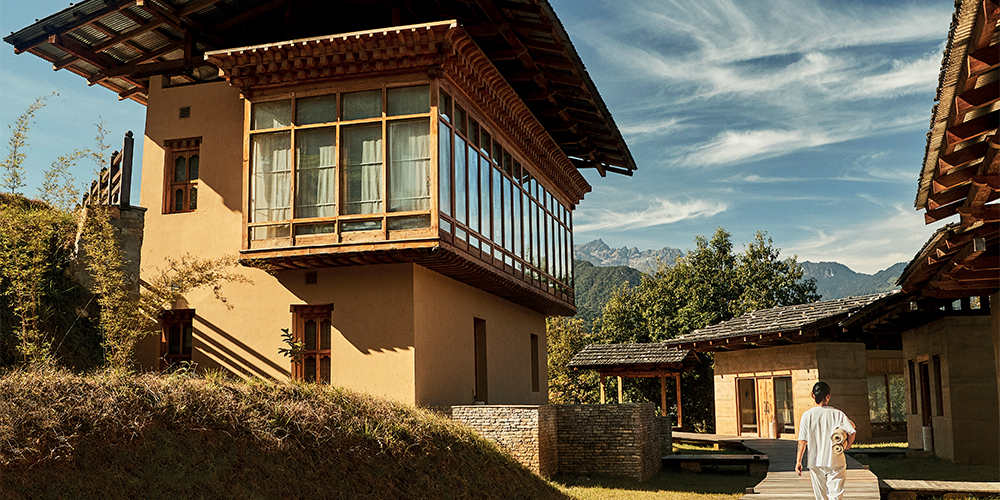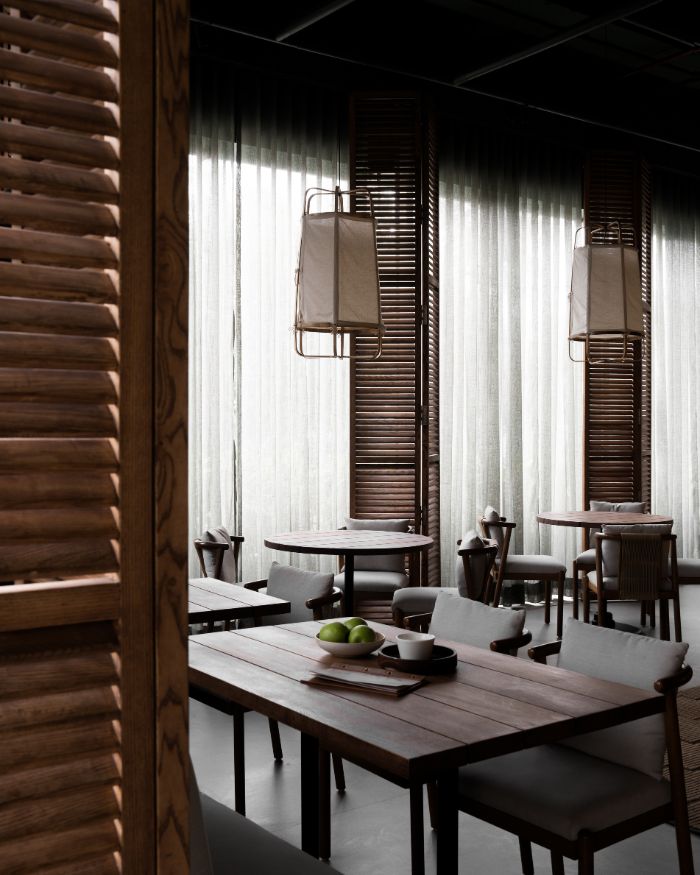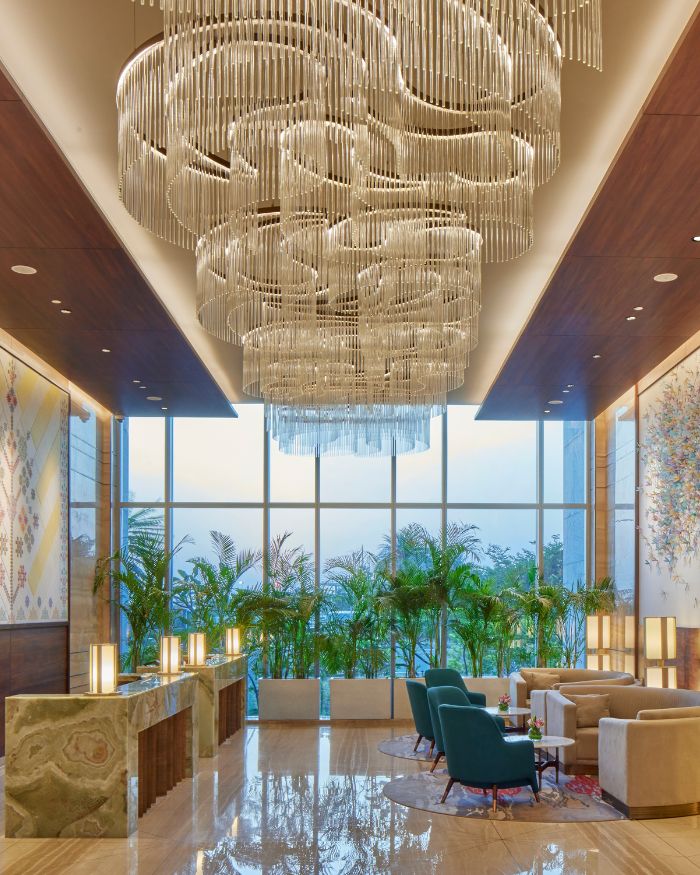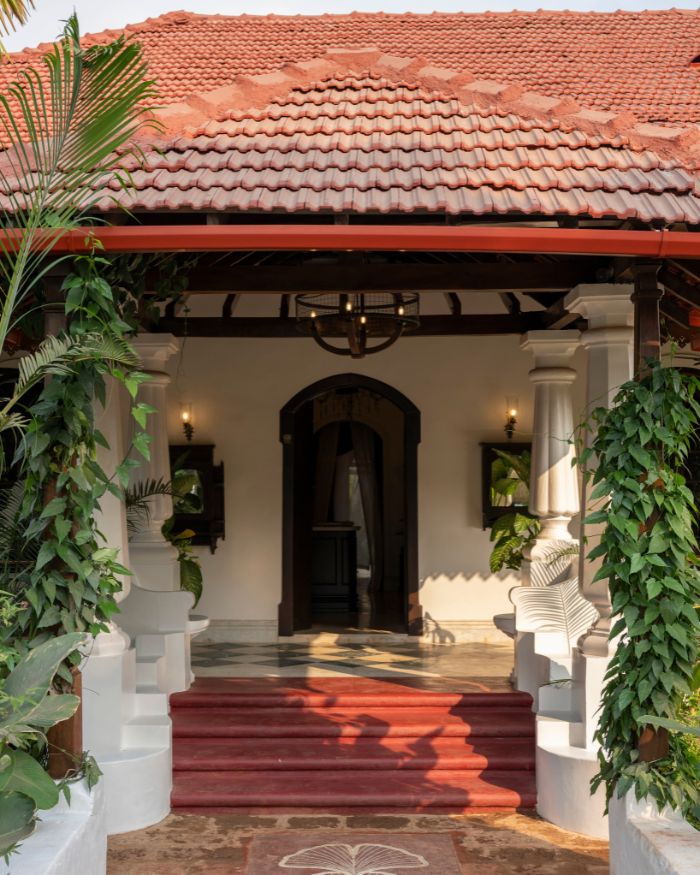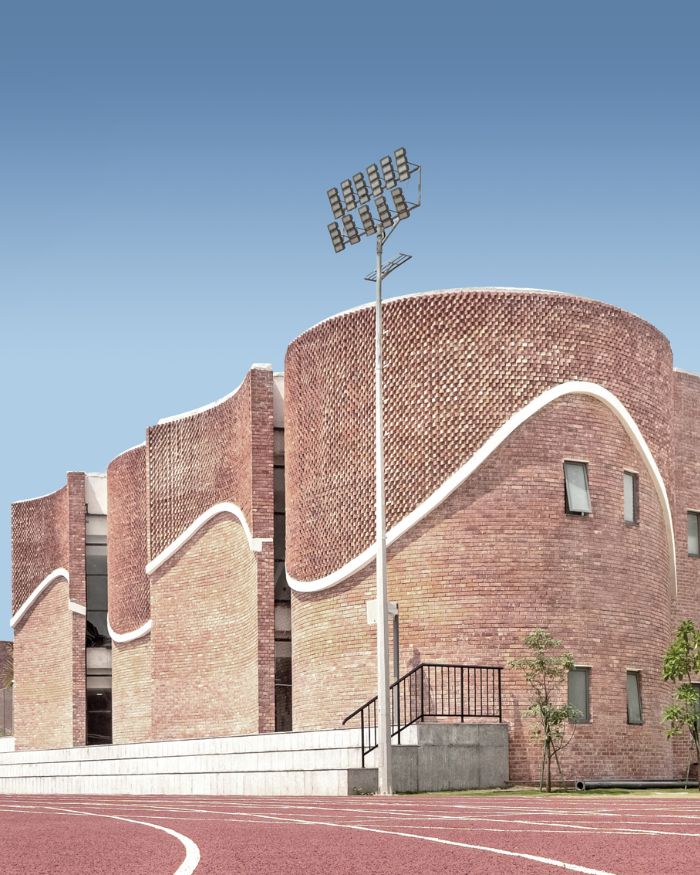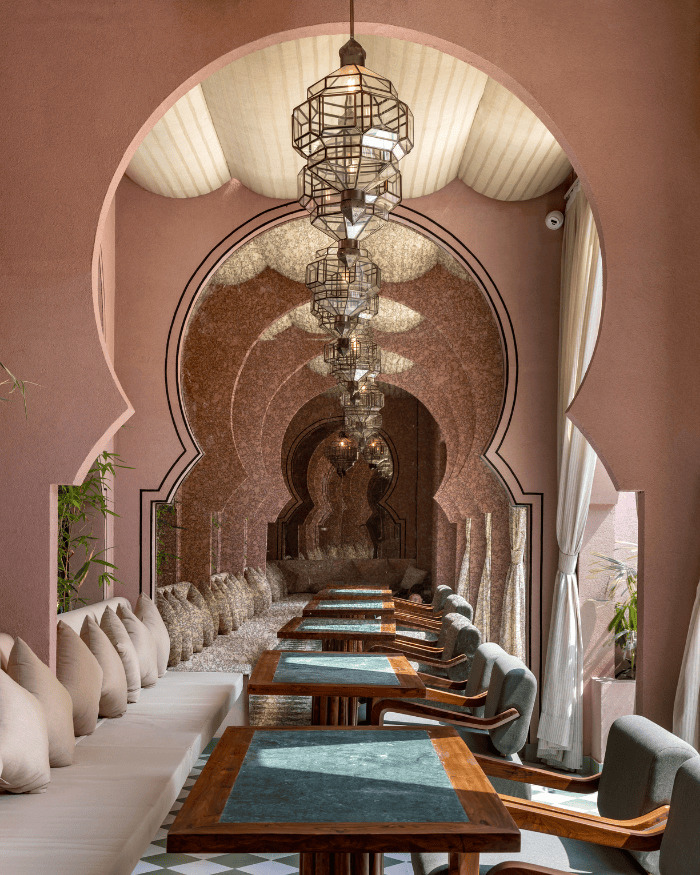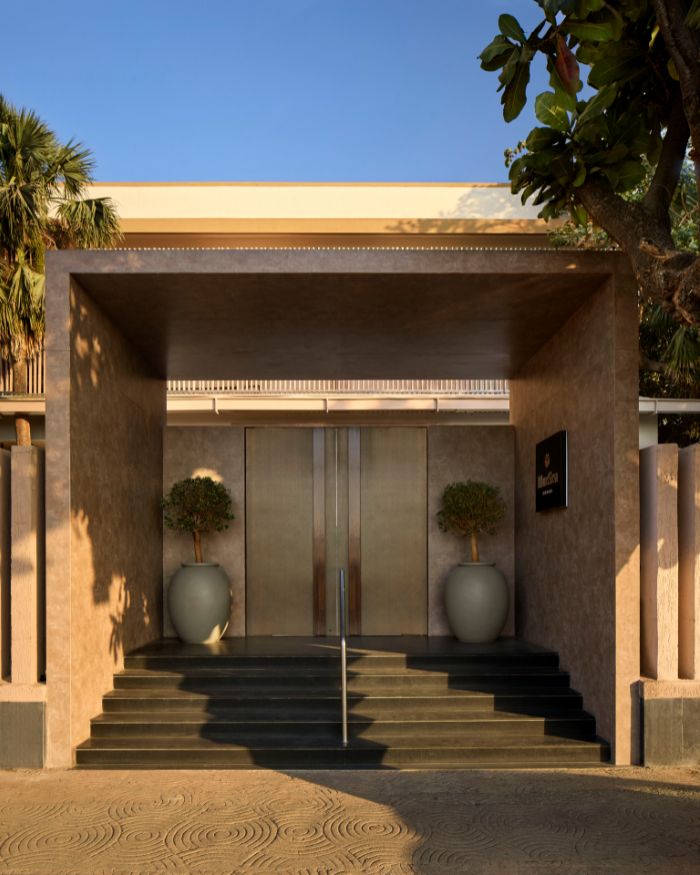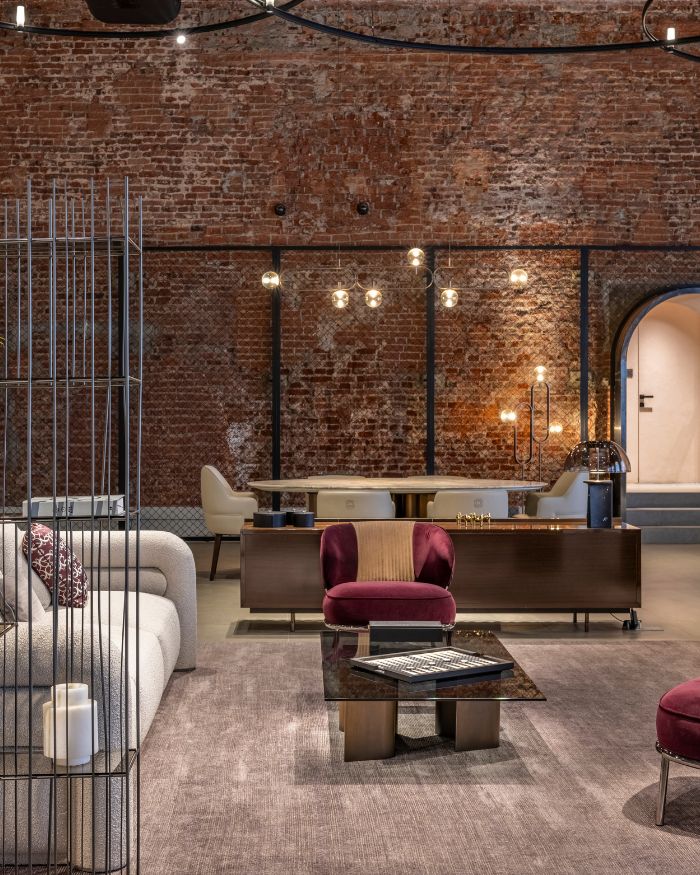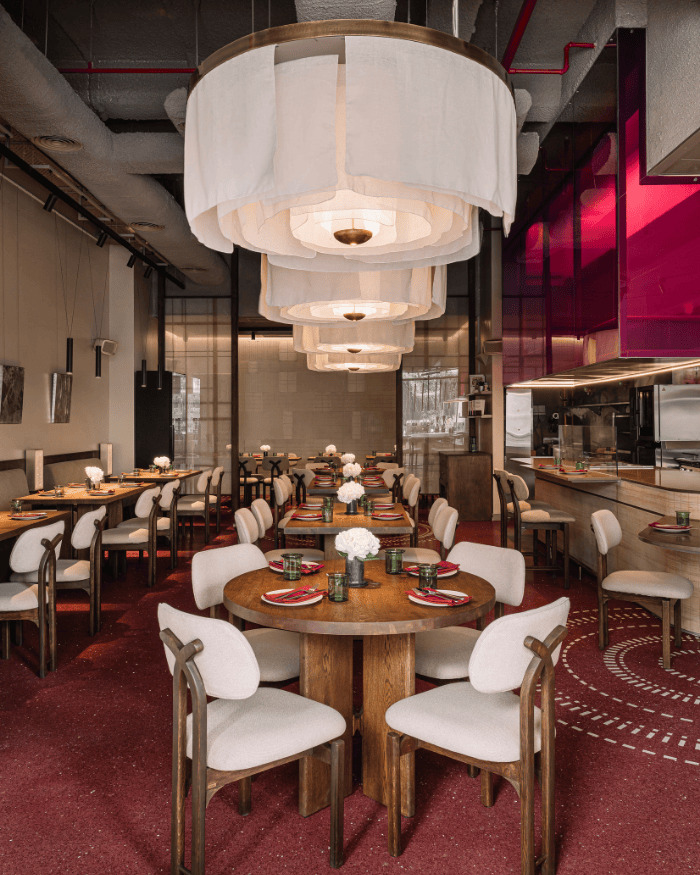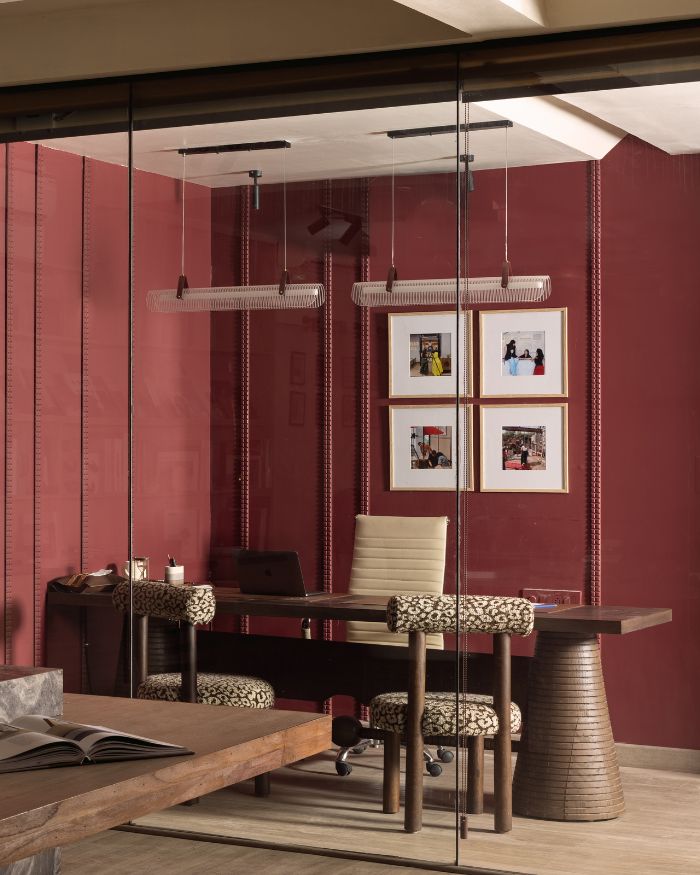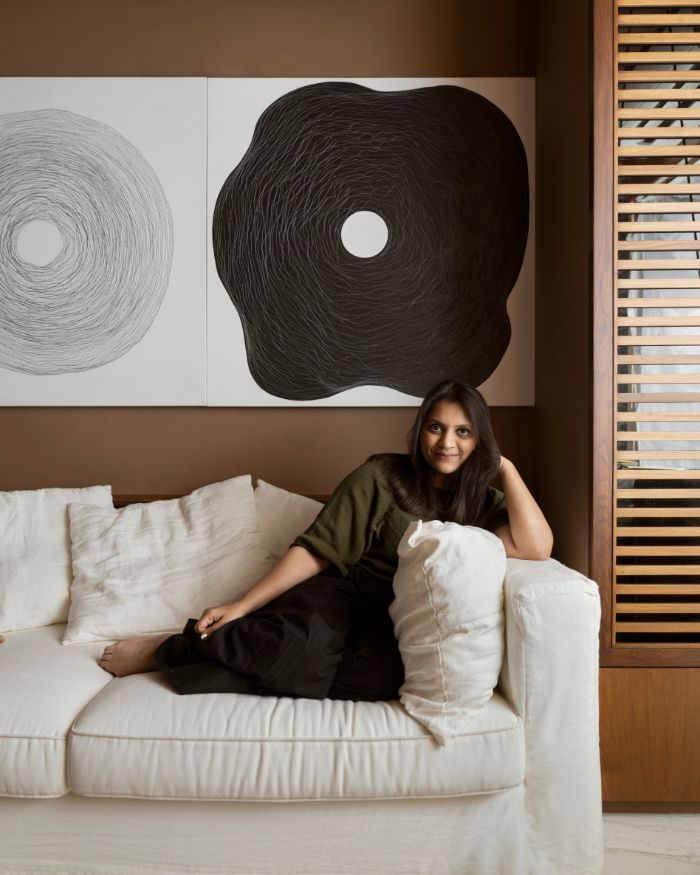For someone who unfailingly sleeps through every car ride, the glorious views of Bhutan kept me awake throughout the long journeys in between the valleys of the Kingdom. It has been a while since I’ve been back home and now the memories keep up all night. As I write this, my mind goes to the panoramic mountain views, travelling across the Six Senses from Thimphu (Palace in the Sky), to Punakha (The Flying Farmhouse) and the fortress at Paro (Stone Ruins).
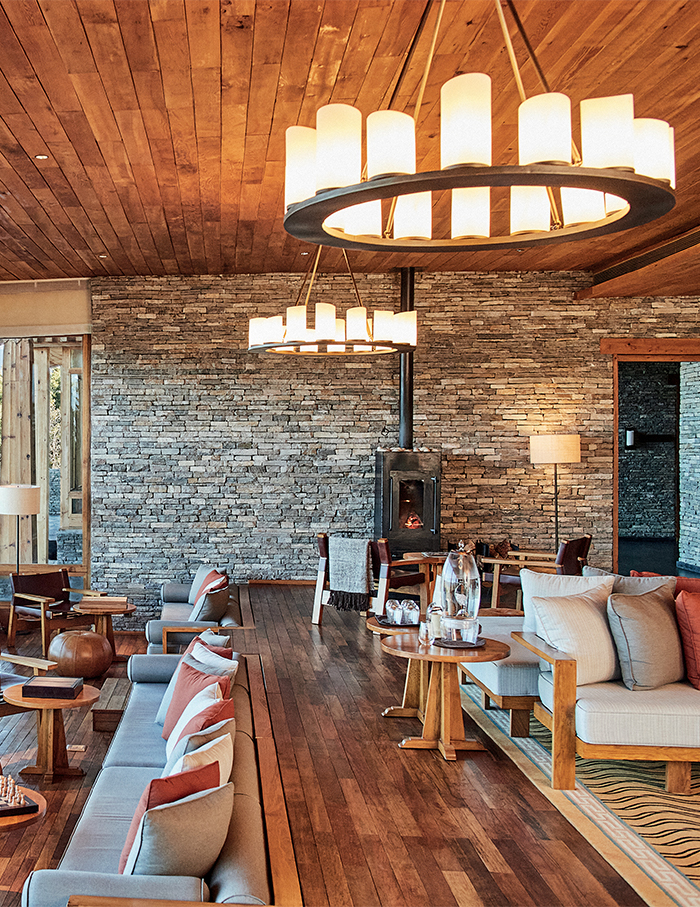
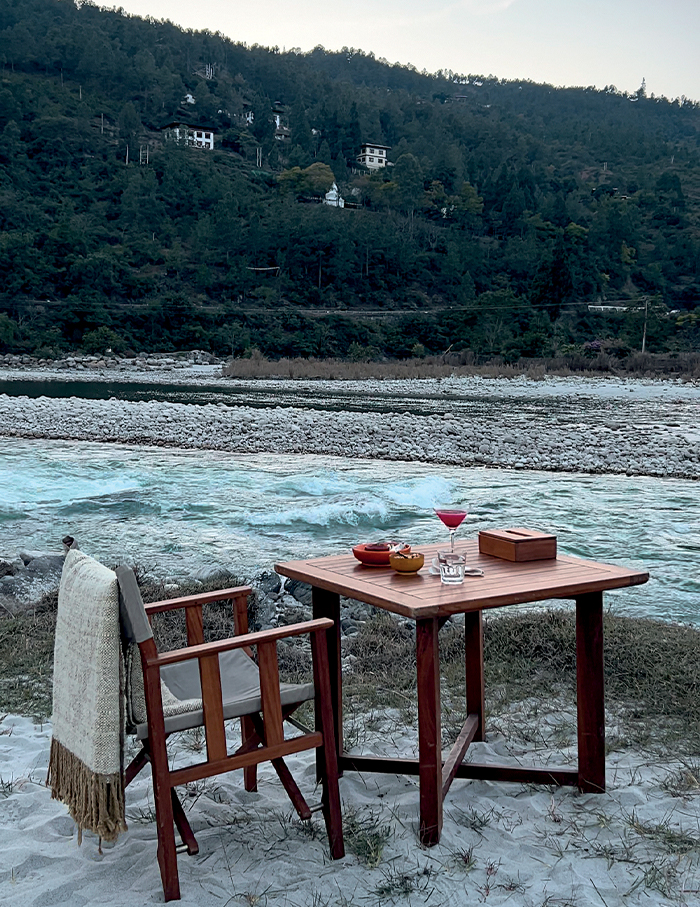
I reminisce the pine-needle and tamarind tea, steaming momos, noodles in light broth, chicken stew with subtly spiced, organic produce. The Ema Datshi, buckwheat pancakes, chilli chutneys and fresh fruits were a wholesome indulgence after days filled with monastery visits and numerous hikes. The lodges at Six Sense evoke a sense of home, where one can unwind on the porch, savouring sunrises with ginger-honey tea and a yak wool blanket.
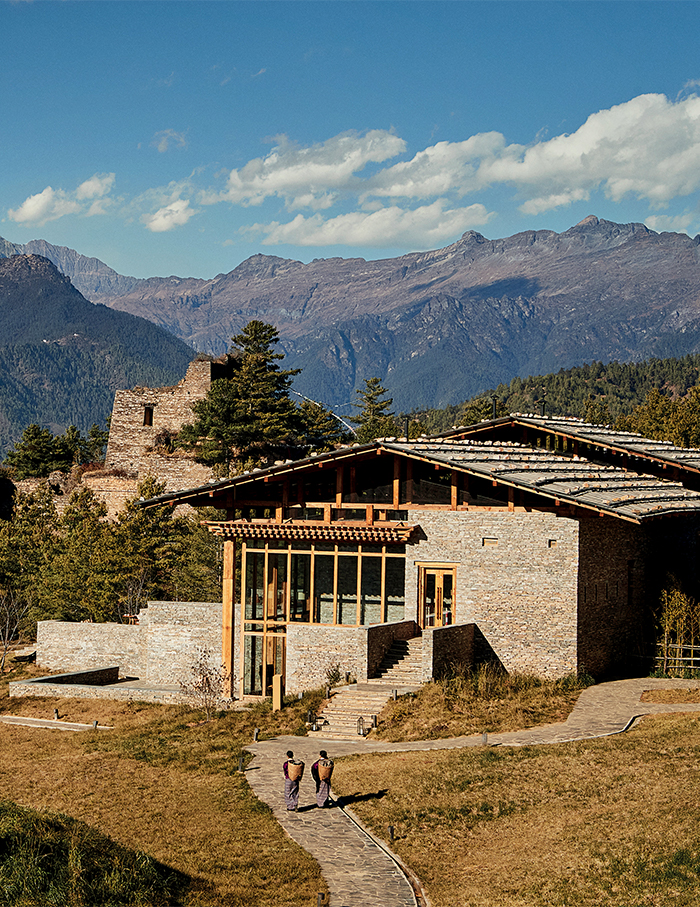
Slow walks in the properties reveal picturesque scenes of pine forests, apple orchards, rice paddies, clear skies and ancestral settlements. Despite apparent similarities, I discover disparate details — from high windows to hand-painted Lha-Zo (Buddha paintings), the expansive lodges feature flying roofs with wooden and stone structures.
Amongst the grand transition spaces at Thimphu, the infinity pond and a view of the Great Buddha Dordenma statue, the focal point at The Palace in the Sky is the floating yoga room, embodying the property’s grandeur.
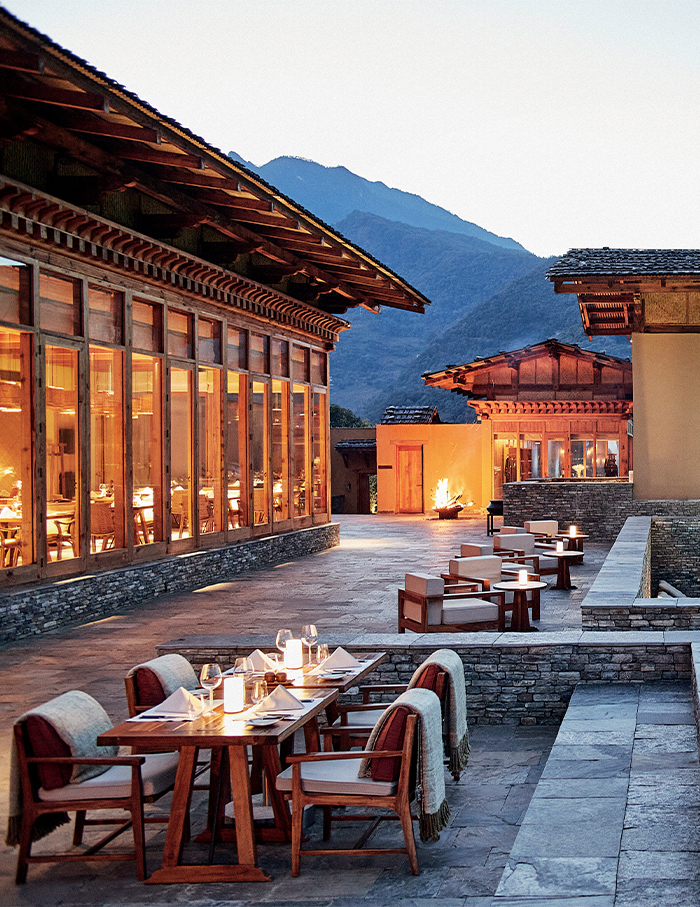
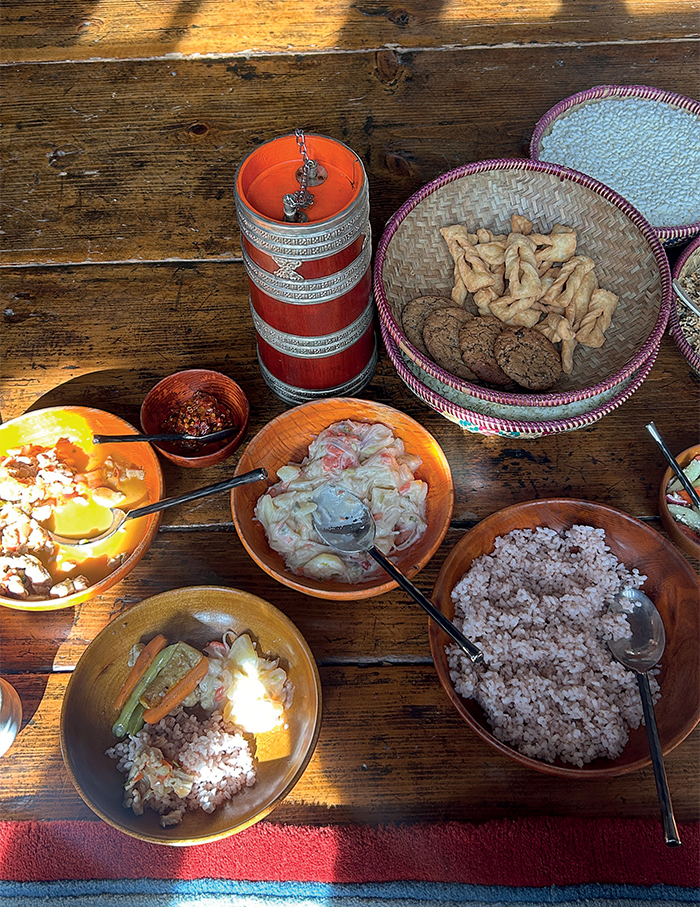
Meanwhile, the Paro lodge, a tribute to fortress, boasts granite stone brick construction, offering breathtaking sunset views from the dining deck amidst dense trees and refreshing mountain breezes.
The Punakha residence features a floating living room, reminiscent of traditional Bhutanese farmhouses, where a candlelit dinner unfolded on the glass-floored ceiling above the infinity pool, creating a truly enchanting experience. Following a relaxing massage and a traditional hot stone bath, I emerged into the night, marvelling at the star-studded sky — a rare sight in bustling metro cities.
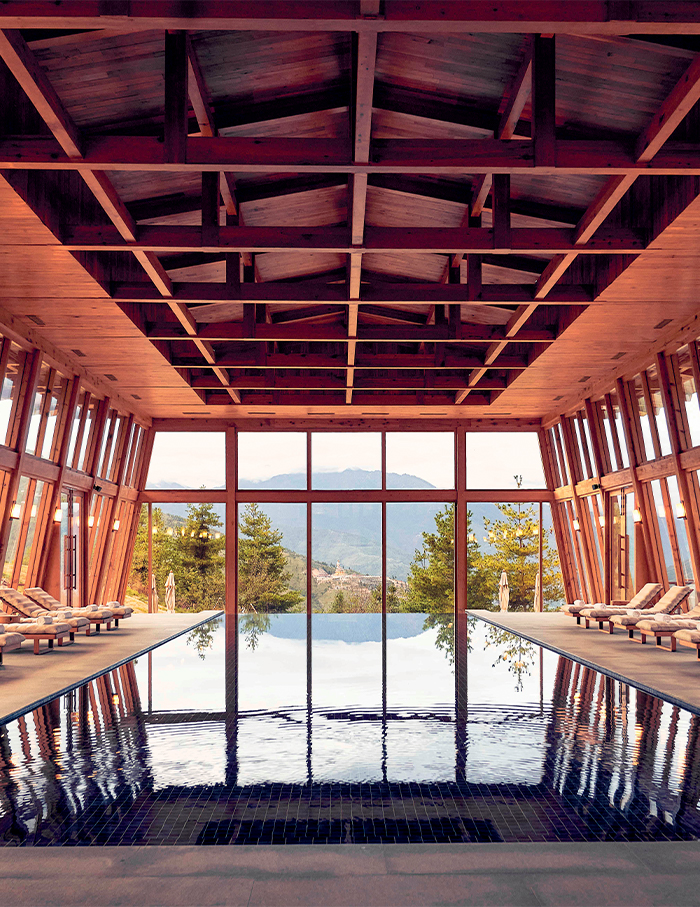
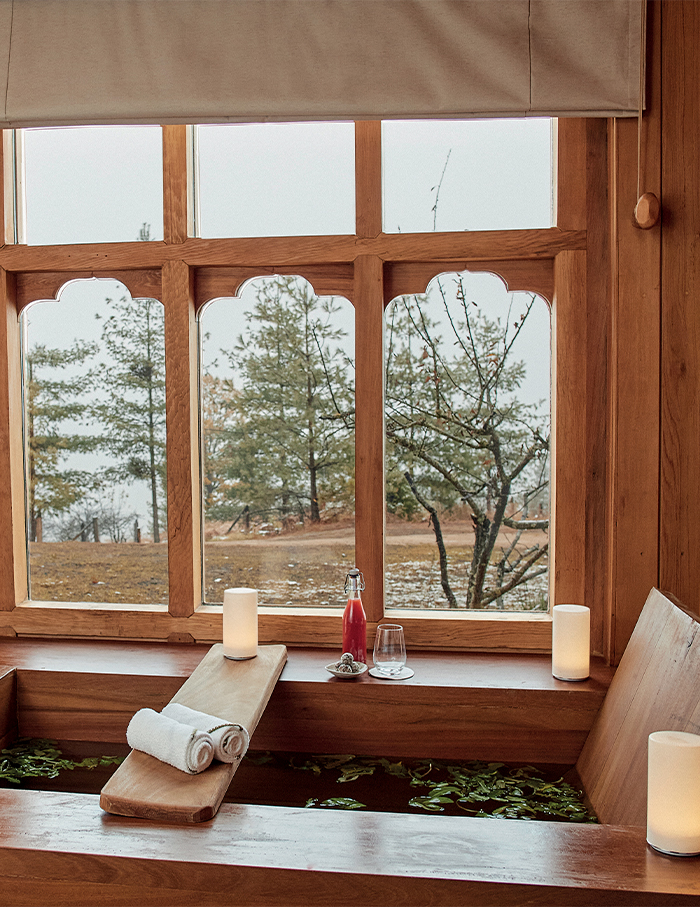
It was a delight to be a part of the small celebration for Bhutan’s 116th National Day at the Thimphu lodge, dancing to the beats of Bhutanese traditional songs and drinking butter tea with coconut rice. The place, an exemplar of a simple yet enriching life was quite the revelation of finding peace and happiness. After long days in the valleys with a temperature less than 5 degrees, my dimly lit room welcomed me with a crackling bukhara (fireplace) and a bed warm with a hot water bag.

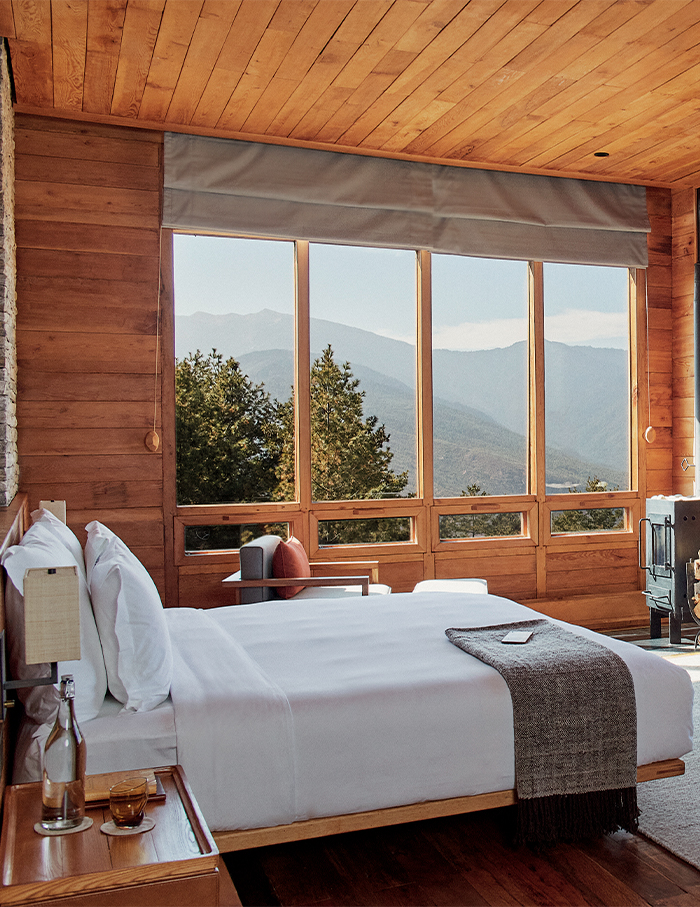
Along with its aesthetic brilliance, what set Six Senses apart was its commitment to sustainable living. The timeless architecture with locally sourced building materials, minimal waste practices and tooth-cleansing capsules instead of toothpaste underscored this ethos. A traditional mask made of pine wood husk, representing powerful animals, greeted me at each property, accompanied by heartfelt notes on sustainability.
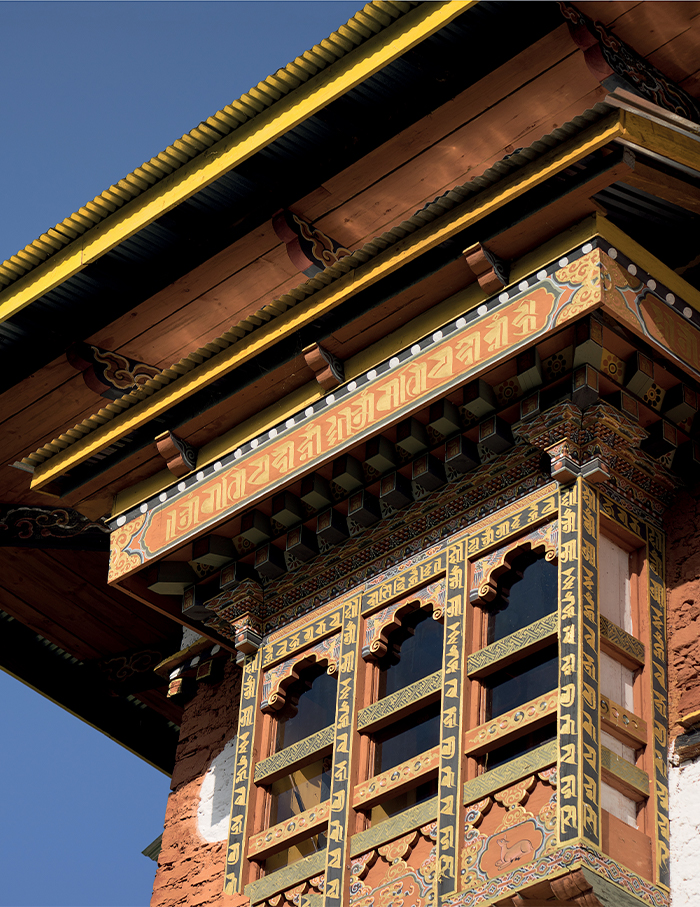
These curated moments enhanced my inaugural solo journey, featuring royal strolls, visits to monasteries, a picnic lunch, breakfasts with monks, a warm meal with a local farmer’s family with lessons on crafting prayer flags in the traditional technique, a blessing ceremony and a hands-on experience of making momos.
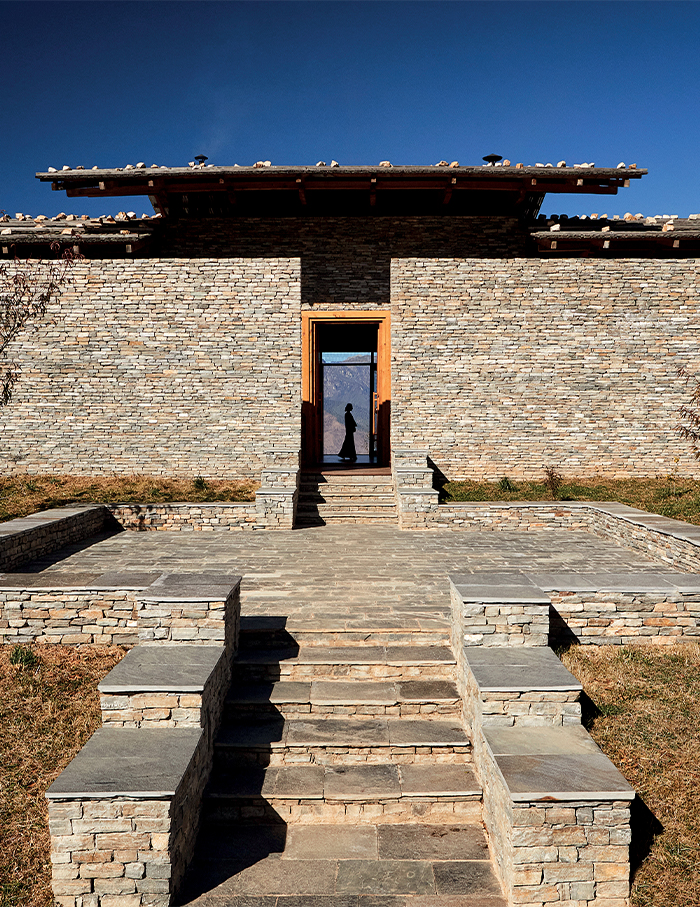
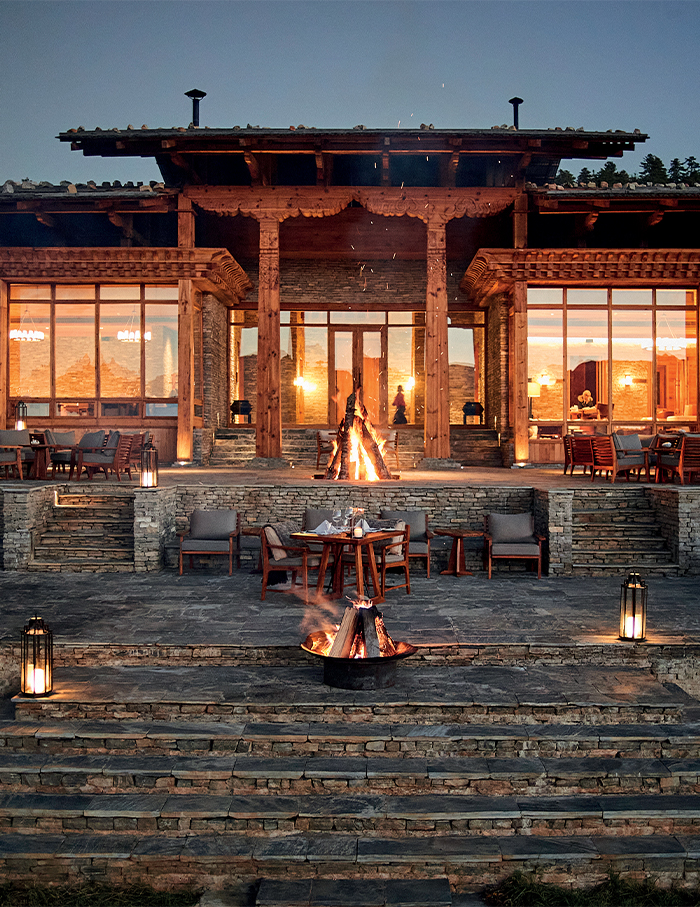
For someone accustomed to the ceaseless rhythm of Mumbai where spending a moment in quietude is more expensive than the Cordyceps in Bhutan, the getaway offered a welcome respite – an experience I never knew I needed. The digital detox was a revelation and moments like sipping a pomegranate martini by the Punakha river, witnessing the sunset glow on the Dzong, became timeless memories.
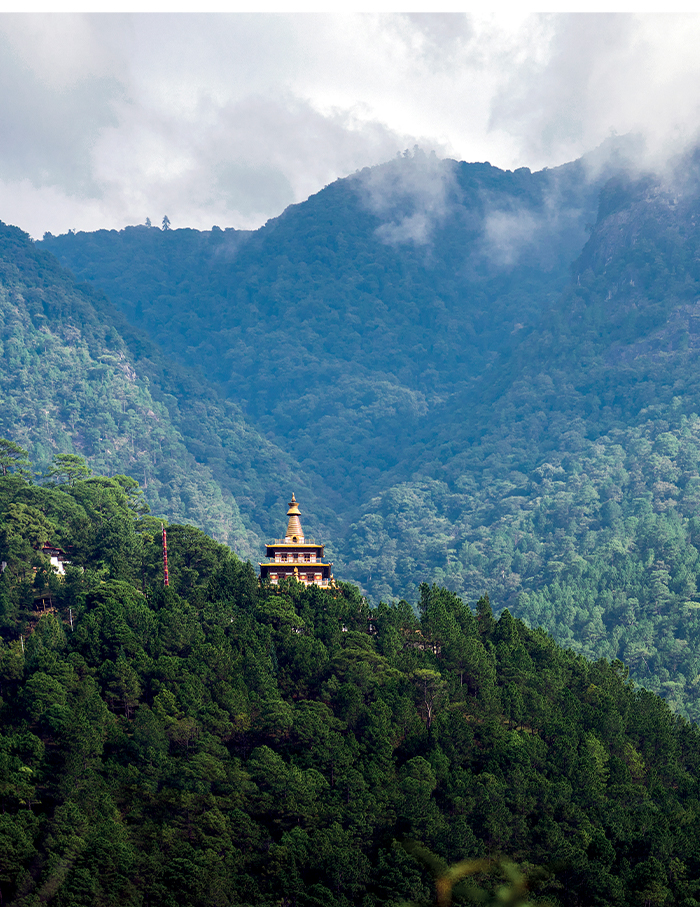
While the echoes of construction machines remind me of the city’s chaos, the memories of Bhutan linger, inviting reflection and a yearning for the kingdom’s simplicity. As I sit, reminiscing, the desire to return to that serene world beckons.
You may also like: Dining in the hills: Restaurant NAAR by chef Prateek Sadhu plates up a Himalayan crash course



